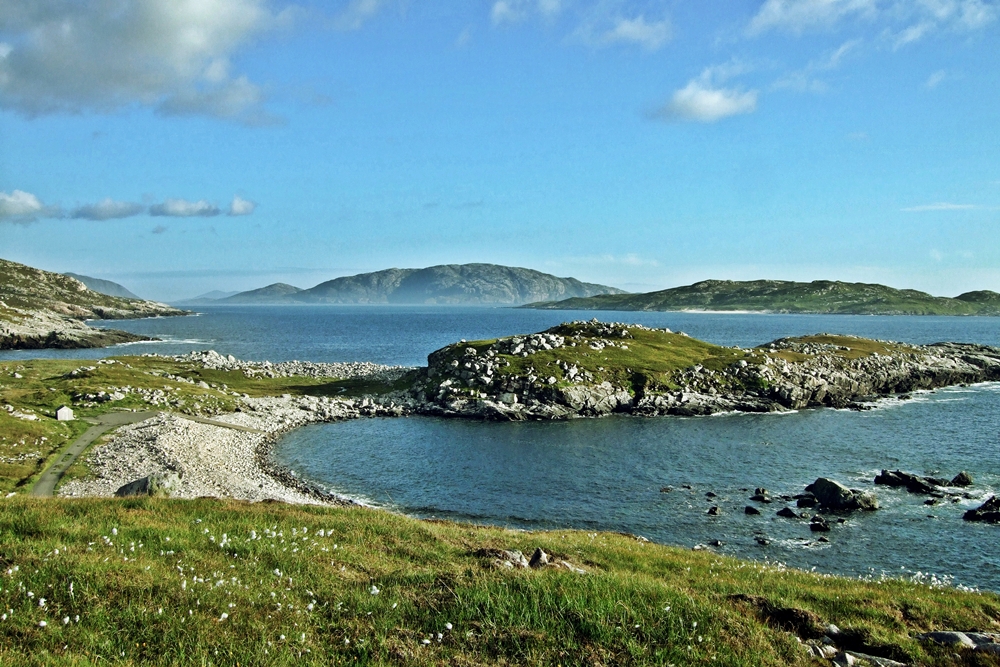Blackhouse Model for Green Homes

An article by Mary Beith, first published in the Scotsman in July 1990. Thanks to Mary for the opportunity to republish it.
A group of architects and others at Manchester University who had been devoting a great deal of time and thought to devising the environmentally ideal house of the future were understandably well pleased with the outcome of their researches.
That home would be long, narrow and rectangular, easy to span – thus cutting down on timber – highly insulated and with minimal windows; it would be a single volume house, not a series of separate rooms to ceiling level but divided by two-metre high partitions where the air could circulate freely above; and there would be a centralised heating source.
When one of the group contacted Bruce Walker, a lecture in architecture at the Duncan of Jordanston College and Dundee University, now on secondment to Historic Buildings and Monuments, the latter listened with not a little quiet amusement to the list of specifications for the ultimate in green homes.
“What you have just described,” he told his informant, “is a Western Isles black house – without the peat smoke.”
They have tremendous advantages, says Dr Walker: “Especially in that they were so much easier to heat with 100 per cent energy efficiency from the central fire which could generate the equivalent of 7 kilowatts. Later island houses had gable hearths with only 18 to 20 per cent efficiency with the bulk of the heat going out the chimney and even a modern stove is only 65 per cent efficient.”
Careful experiments with plastic models, incense and lightbulbs have proved not only the energy conservation qualities of the blackhouses but also the ingenious methods of their builders. That very peat smoke had its uses and there were ways of avoiding its disadvantages. The uneven-looking roofs and somewhat ill-fitting doors were not, Dr Walker had found, the results of haphazard and shoddy workmanship but a clever way of setting up convection currents caused by the heat given off by the cattle in the integral byre.


